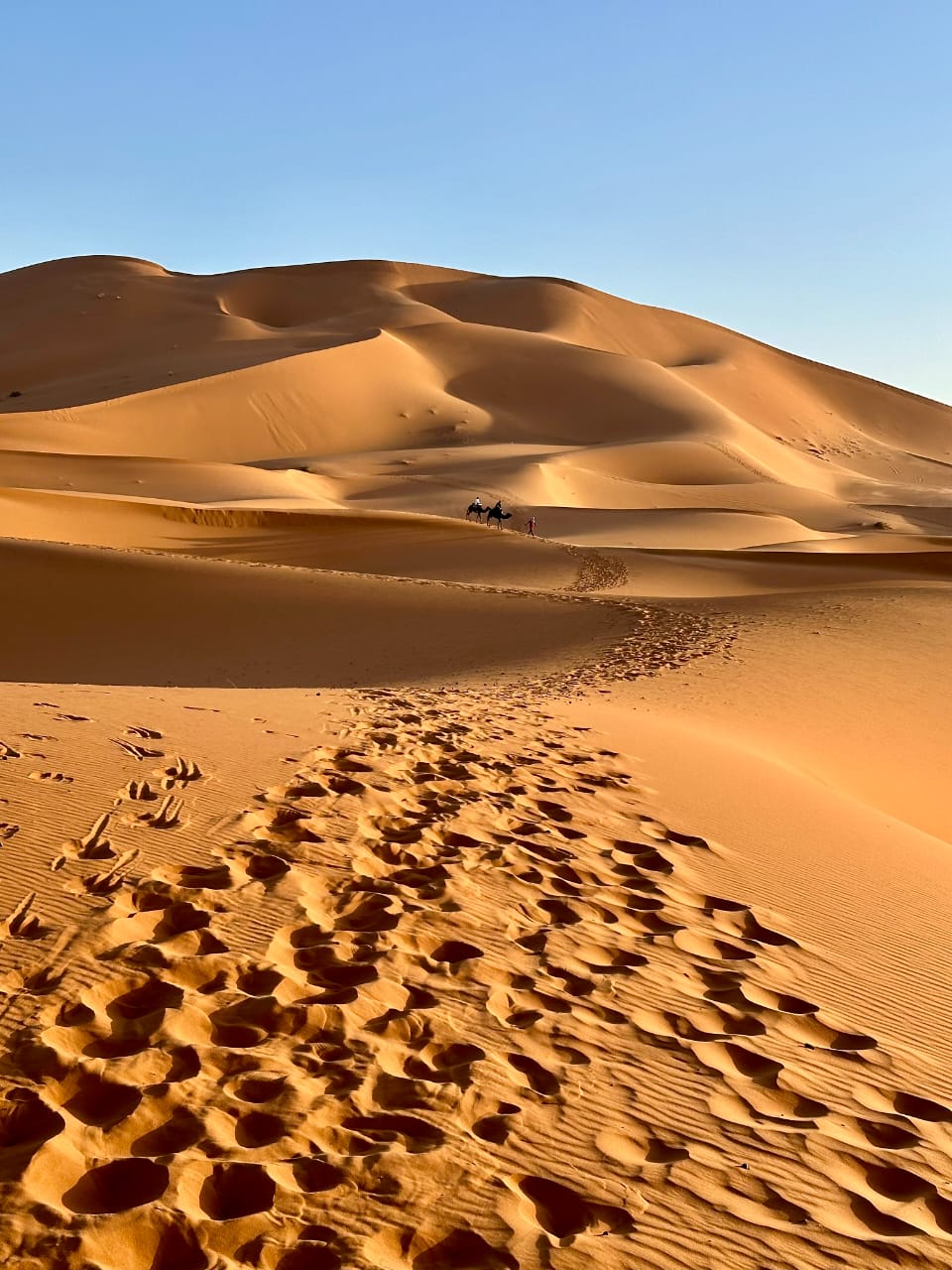
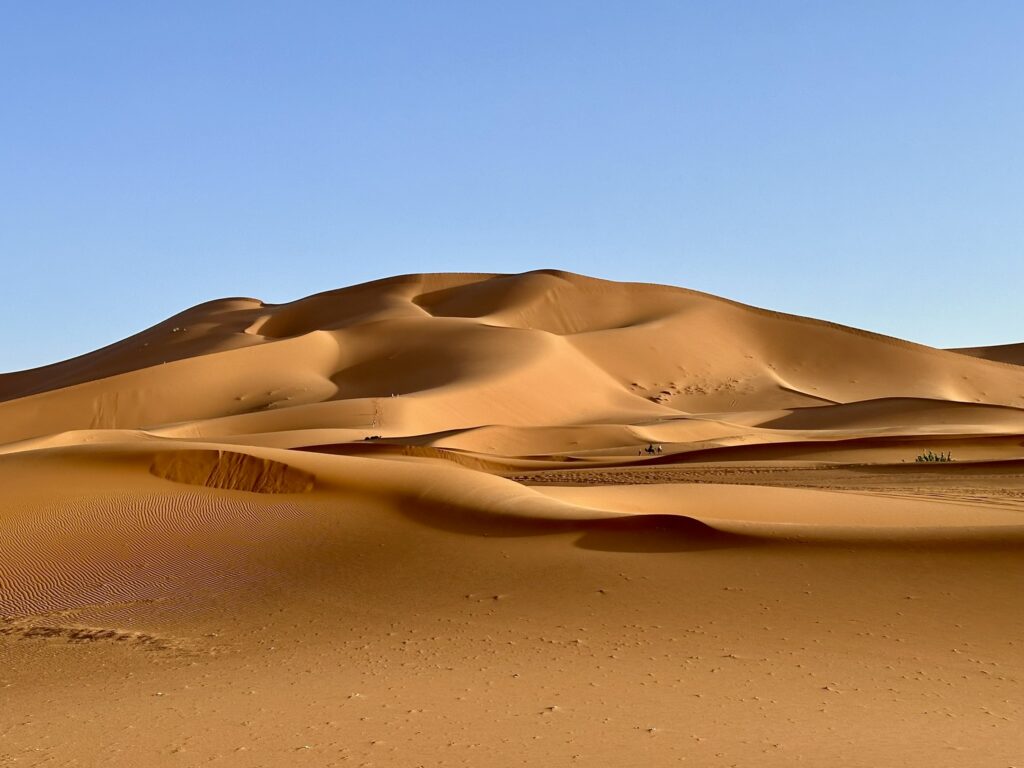
Trekking in the Sahara Desert in Morocco is a once-in-a-lifetime adventure, offering breathtaking landscapes, cultural immersion, and unique experiences. Here’s a guide to help you plan:
Key Highlights
- Erg Chebbi Dunes (Merzouga):
- Known for towering dunes and stunning sunrise/sunset views.
- Easily accessible and offers options for camel treks, 4×4 excursions, and luxury desert camps.
- Erg Chigaga Dunes:
- More remote and less touristy than Erg Chebbi.
- Accessible via Zagora or M’Hamid, perfect for a more rugged and secluded experience.
- Desert Towns:
- Merzouga: Gateway to Erg Chebbi dunes.
- Zagora: A starting point for treks to Erg Chigaga.
- M’Hamid El Ghizlane: Known as the “doorway to the desert,” offering rich culture and access to deeper desert routes.
Trekking Options
- Camel Trekking:
- Traditional way to explore the Sahara.
- Typically lasts a few hours to multiple days.
- Includes overnight stays in Berber-style camps.
- Walking Treks:
- Guided hikes for a more intimate experience.
- Opportunity to explore oases, plateaus, and nomadic settlements.
- 4×4 Desert Tours:
- Ideal for covering larger distances.
- Often combined with cultural stops at local villages and kasbahs.
What to Expect
- Duration: Treks range from half-day trips to multi-day expeditions.
- Accommodation: Options include basic Berber tents, luxury camps, or under the stars.
- Cultural Immersion: Meet Berber nomads, enjoy traditional music, and savor Moroccan cuisine.
Best Time to Visit
- Spring (March-May): Comfortable daytime temperatures and blooming desert flora.
- Autumn (September-November): Pleasant weather and clear skies.
- Avoid Summer (June-August): Extremely high temperatures.
Packing Essentials
- Comfortable, breathable clothing (layers for day-to-night temperature changes).
- Sun protection: Hat, sunglasses, and sunscreen.
- Sturdy shoes for walking.
- Reusable water bottle or hydration pack.
- Sleeping bag (if not provided by the trek operator).
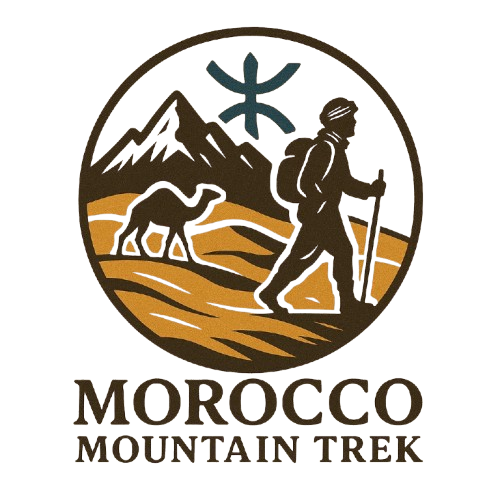
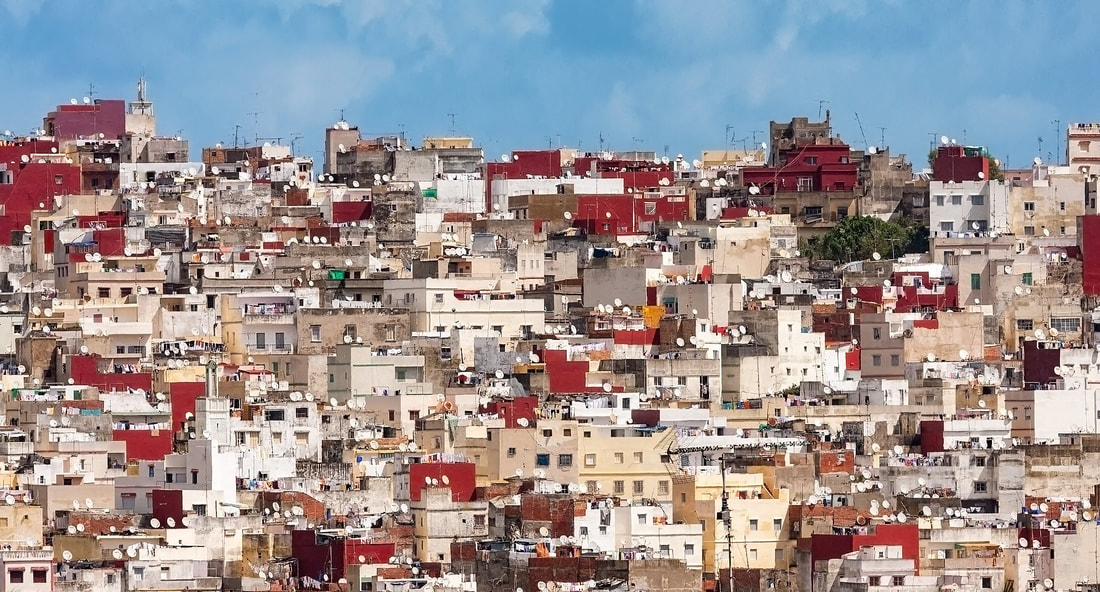
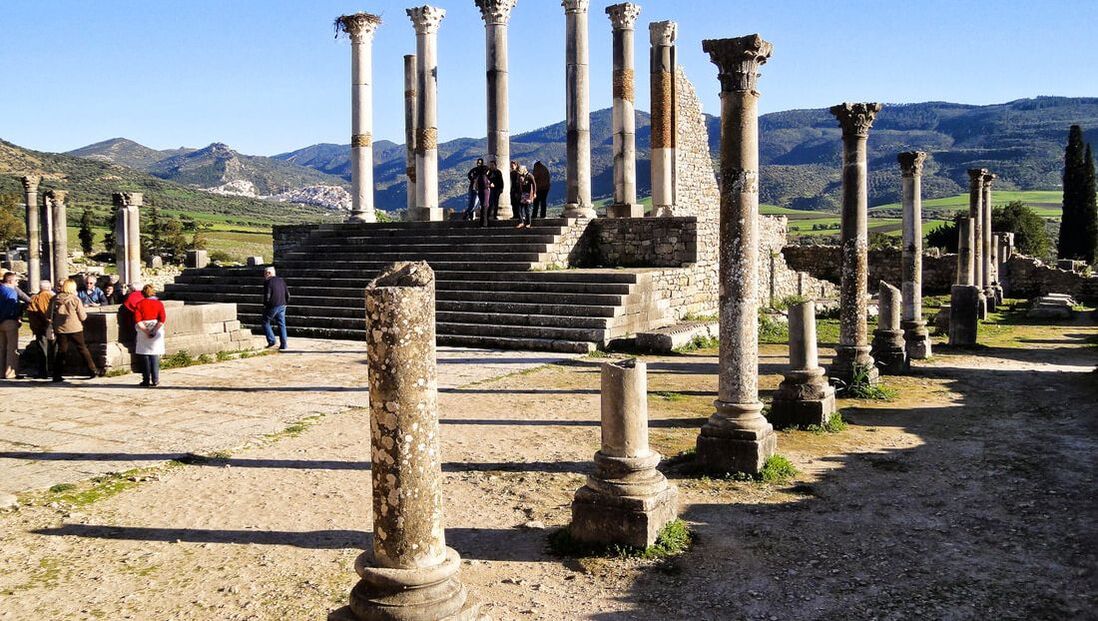

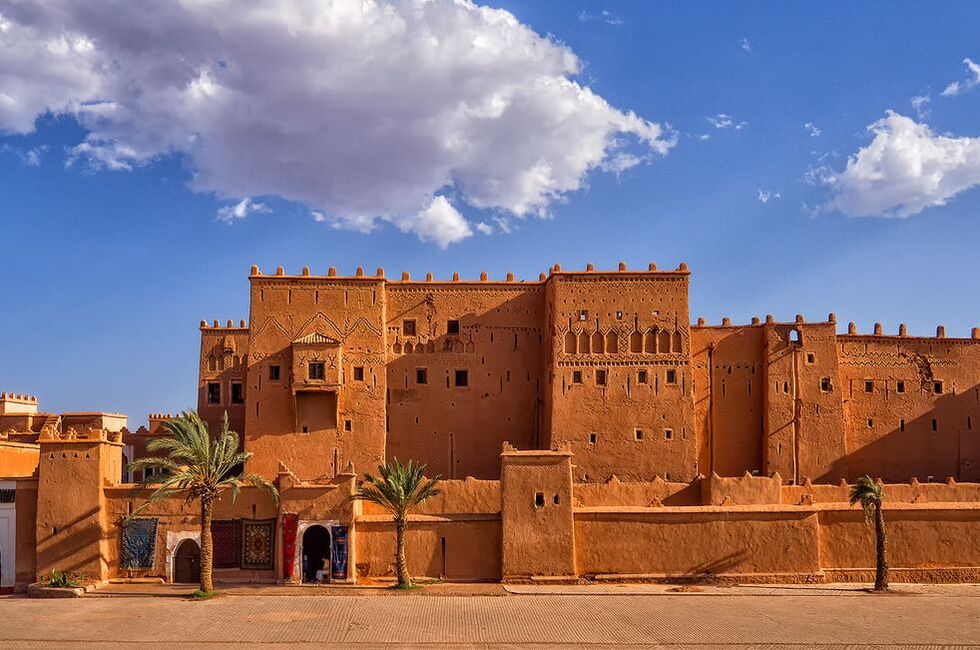
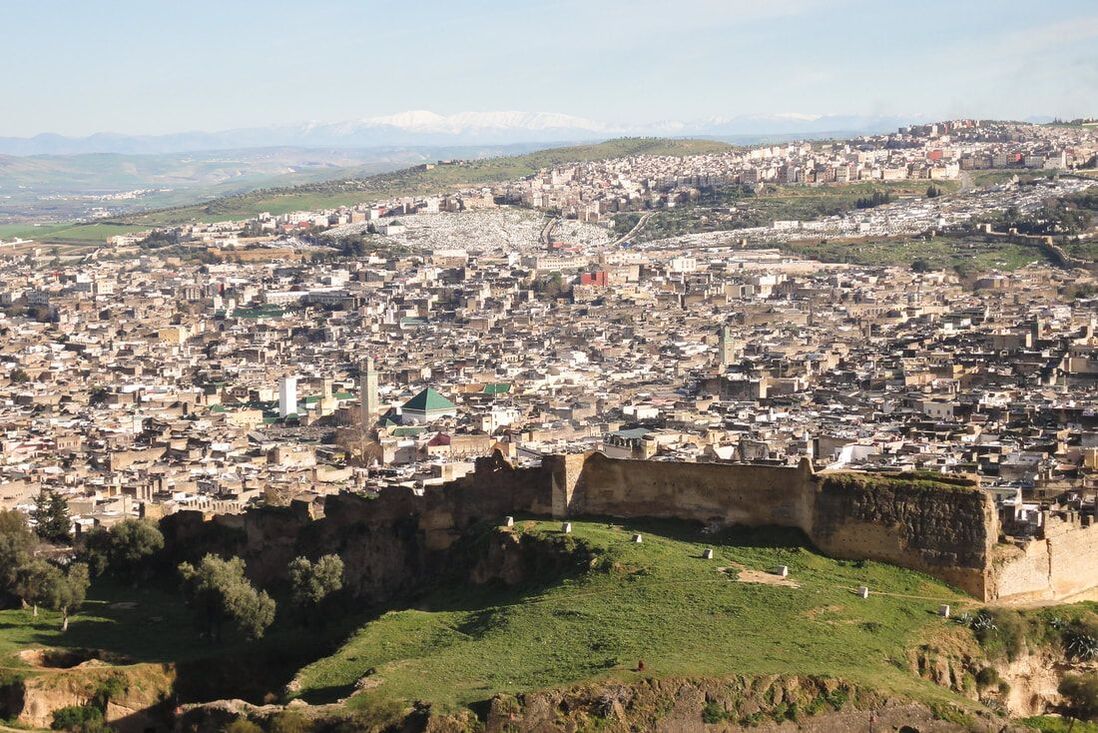
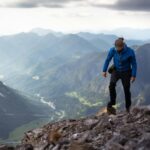


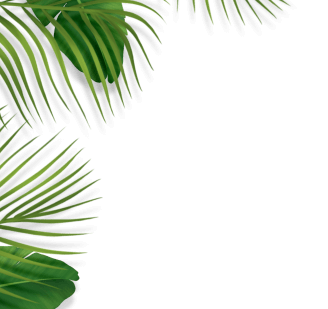
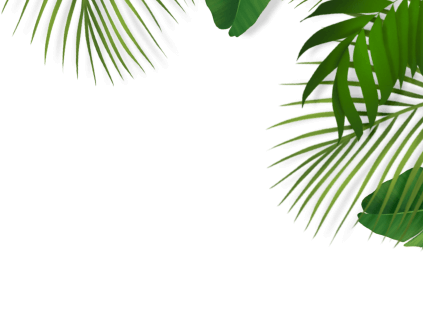
Leave a comment: